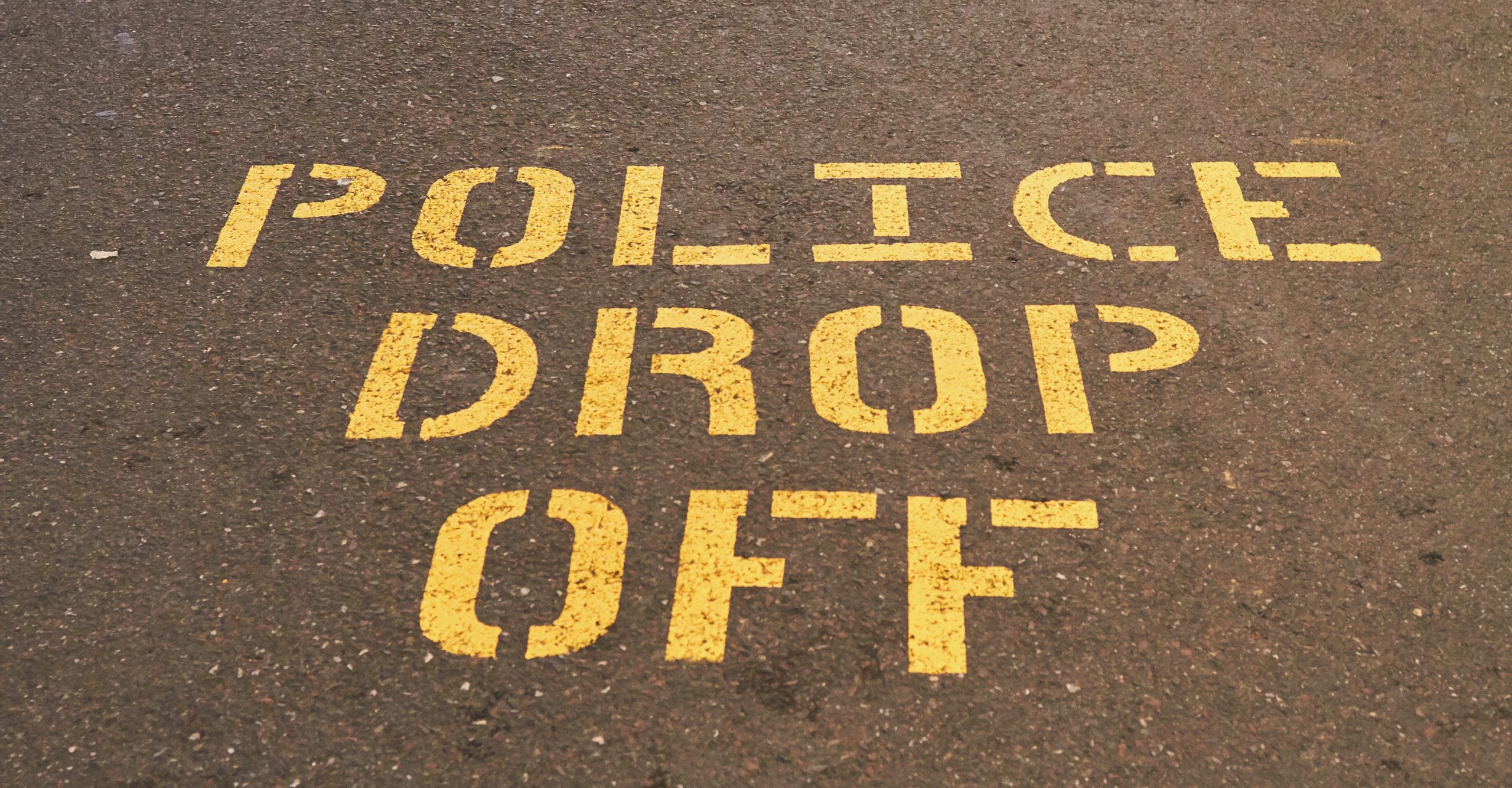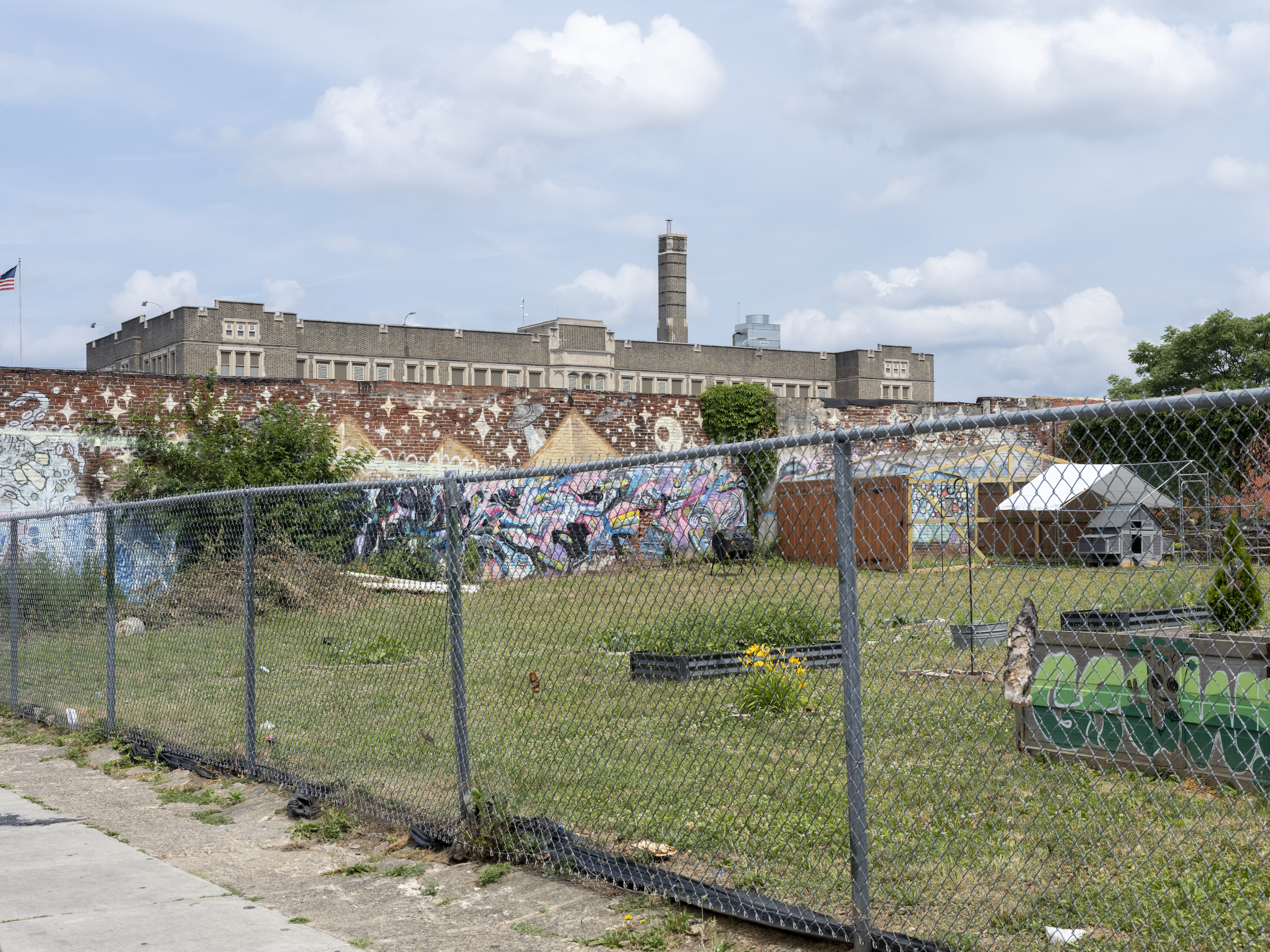I honestly hadn’t given much thought to emergency transport for shooting victims until I started looking into “scoop and run,” a longstanding practice in Philadelphia in which cops toss gunshot and stabbing victims into the backseats of their cars and rush them to a trauma center. For an investigation produced in partnership with NBC Philadelphia, I interviewed dozens of law enforcement experts, clinicians, and gunshot survivors to understand how they regard scoop and run and to what extent it might be saving lives.
There are several reasons scoop and run seems to work for Philadelphia, including a dense concentration of Level I trauma centers, an overtaxed emergency medical services (or EMS) system, and a strong research culture that has spurred several studies that indicate the practice is at least safe for patients. Cops are empowered to scoop and run, and the data shows they do: Last year, a third of the city’s gunshot victims arrived at a trauma center in a police vehicle.
Yet scoop and run is not a mainstream practice in American policing. Each city has its own first responder system, and scoop and run may not be feasible — or necessary — in some places. But in urban centers where cops frequently beat EMS to crime scenes, and where there are multiple trauma centers in close proximity, the practice may be worth a serious look.
To understand whether other places deploy scoop and run, NBC Philadelphia producer Jim O’Donnell and I surveyed police departments in the cities with the highest rates of gun violence. We asked if they had a policy regarding victim transport; how often they scoop and run; and if they don’t do it, why not?
Baltimore
“In rare circumstances it does occur,” wrote T.J. Smith, a former public information officer for the Baltimore Police Department who left his position in October. No official figures are available. Elliott Haut, a trauma surgeon at The Johns Hopkins Hospital, recalled certain gunshot patients whom he wished had gotten to him a bit earlier: “If we had gotten our operations started 10 minutes earlier, maybe they would have had a fighting chance.”
Chicago
Chicago has a written policy permitting officers to transport, but the practice is not encouraged “unless there is a truly exceptional circumstance that means the difference between life and death,” said Anthony Guglielmi, the Police Department’s chief spokesperson. “If this was something we were to adopt citywide, you’d have to take into account how this would impact the police’s ability to investigate the crime, and the police officers themselves. You’re adding a level of emotion, you’re adding a level of stress that they’re not trained to deal with on a given day,” Guglielmi told us. He added that such a change in behavior would necessitate a citywide buy-in, but that there are no current discussions to incorporate scoop and run into regular practice.
Cincinnati
The Cincinnati Police Department does not have a policy regarding officer transport, although it “may happen on very rare occasions if that is the most expedient means of transportation,” wrote Lieutenant Steve Saunders in an email. Like most other departments we surveyed, Cincinnati doesn’t track instances of police transport. “I think that the reason this is rare in Cincinnati is that we have an amazing Fire Department and they are able to respond to the vast majority of critical injury calls in a timely manner and provide far greater life saving measures that our police officers could,” added Saunders.
Cleveland
Cleveland has a policy outlining when officers are allowed to transport, but a police spokesperson said the practice is extremely rare. “Typically police utilize first aid kits on scene and await EMS for transport,” wrote Sergeant Jennifer Ciaccia in an email. Earlier this year, cops found a young man shot 16 times just beyond the city limits. When it became clear EMS was not coming, an officer drove the victim himself. He survived. Responding to the incident in a subsequent op-ed, a representative of the city’s paramedic and EMT union argued against Cleveland adopting scoop and run, pointing out that the city’s trauma centers are farther apart than those in Philadelphia, and that patients need ongoing care during the sometimes lengthy transports.
Detroit
Economic forces have played a major role in shaping Detroit’s emergency responder system. At the time of its bankruptcy, in 2013, the city had only 10 ambulances and ailing residents sometimes waited nearly 20 minutes for help. Emergency response times have since improved, but a large portion of Detroit residents drive themselves or an injured loved one to the hospital instead of waiting for a first responder, according to Dr. Jeffrey Johnson, the trauma medical director at Henry Ford Hospital. Although the Detroit Police Department has a policy allowing cops to convey victims when EMS is not available, Johnson says less than 1 percent of the city’s shooting victims arrive at the hospital in a police car.
Kansas City
Police in Missouri’s largest city reserve scoop and run only for “the most extreme or unique circumstances,” according to Public Information Officer Lionel Colon, who wrote “it is best to allow those with advanced medical training and equipment to administer treatment.”
Memphis
While Memphis police are not specifically prohibited from transporting a patient in need of medical care, Lieutenant Karen Rudolph wrote that she was not aware of any instances when this had actually happened. “The Memphis Fire Department’s response time is great. They often arrive before we do, or at approximately the same time, if not moments after,” she continued, noting the difference in medical training between cops and medics. “MFD is obviously more equipped with providing medical attention to those in need.”
Newark
“The intense type of care that these victims need can only be rendered by trained EMS personnel,” wrote Newark Police Lieutenant Ronald Glover in an email. “We may in fact do harm by transporting, therefore we do not do this.” He added that in his 25 years in law enforcement, he could not recall a single instance when a police officer had transported an injured victim.
New Orleans
“I cannot think of an instance where an officer has transported a gunshot victim or any victim for that matter,” Gary Scheets, spokesperson for the New Orleans Police Department, told me. “We generally let ambulances take them to the hospital because they’re trained.” He followed up with an email saying that, according to department policy, officers are supposed to secure the scene and await arrival of EMS. He mentioned one exception: In the case of opioid overdose, NOPD officers are authorized to administer Naloxone.
St. Louis
The Metropolitan Police Department in St. Louis does not have a written policy regarding transporting victims in police cars. However, its officers have rushed their injured colleagues to the hospital, Officer Michelle Woodling wrote in an email. Other cities also cited this exception, offering examples of a patrolman stabbed at a gas station in Miami, the officers shot in an ambush in Dallas, and the cop shot in the arm while trying to deliver a warrant in Cincinnati. All were scooped.

